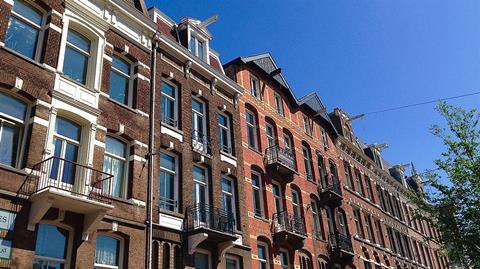Around 100,000 new homes need to be built in the Netherlands each year for the next decade to relieve the pressure caused by rising demand in urban areas, according to a report by Capital Value.

The investment agency puts the total current housing shortage at 263,000 dwellings, equivalent to 3.4% of the current housing stock, but the problem is particularly severe in the major cities. The worst hotspots are Delft and Westland, where there is a 7.4% shortfall, followed by Greater Amsterdam on 6.6%, Utrecht (5%) and The Hague agglomeration (4.9%).
Starters and senior citizens are most affected by the squeeze, with the number of households aged over 75 forecast to grow to more than 373,000 by 2030. The number of households where reduced mobility is an issue is expected to reach 115,000 within five years. Demand from young households is expected to be greatest in the G5 metropolitan municipalities, where the number is projected to increase by 7,800 in the next decade.
The survey also found that housing associations are struggling to keep pace with the rising demand for rental homes. Of those surveyed, 57% said they did not have enough resources to meet their obligations to make rental properties more sustainable. The corporations are also falling short of their target of building 120,000 new units by 2022 – in 2018 just 6,100 new building permits were applied for.
Investors are increasingly filling the gap, providing €8.5 bn of capital in 2018 for rental homes. This is equivalent to buying 45,000 properties, a 63% increase on the number in 2017. Investment in care homes increased by 35% in 2018 to €945 mln, while international investors doubled their input to €2 bn.
Capital Value found that investors had a potential €20 bn available for Dutch rental property, equivalent to 100,000 homes. It called for the government to speed up planning procedures, avoid regulations that restrict land allocation, and use available capital to build more rental stock.
Managing director Marijn Snijders said: 'Progress in the housing market can be stimulated by building more of the right type of dwellings on a regional basis and, in doing so, closely considering specific target groups, particularly seniors and starters – so-called demand-driven construction.
'This is particularly important because of the large differences in demographic development per region. Especially now, it is important to make use of the opportunities that are available. To this end, market parties and the government must co-operate even more intensively to create additional supply.'










